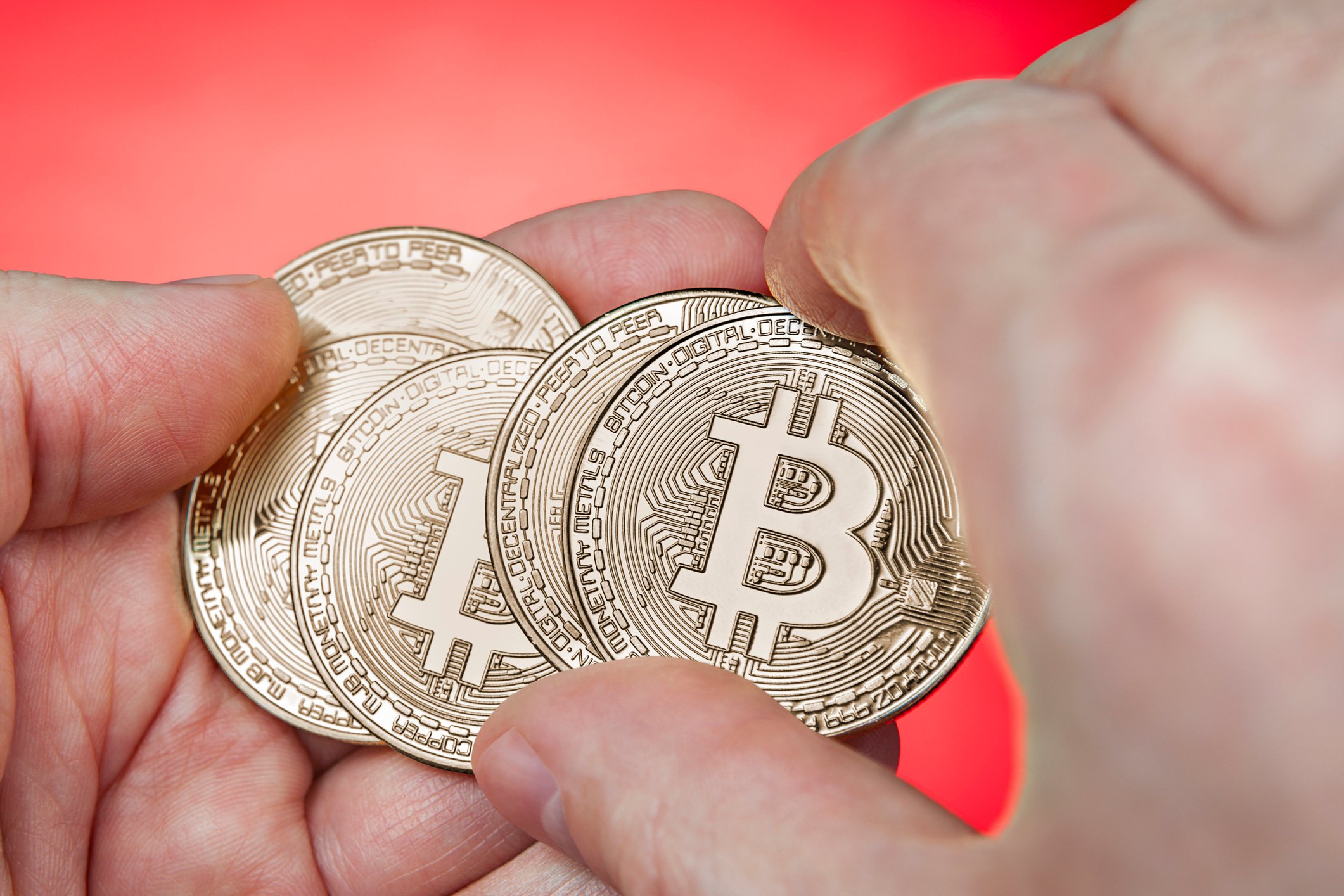Janet Yellen, the new chair of the Federal Reserve, has a key task: directing monetary policy to keep unemployment and the inflation rate in check. Some in America may worry about the inflation rate, as spiking prices could make life difficult, but a glance at our inflation-rate history is reassuring. The long-term average inflation rate in America is only around 3.3%. It has recently been just 1.5%, and has rarely been in the double digits. (It was 17.8% in 1917, 14.4% in 1947, and 13.5% in 1980, among a few other double-digit instances.)
Many other countries have not been quite as stable, though, and a recent list of countries with the worst inflation rates is eye-opening. The World Bank listed the most recent inflation rates, for 2012, for lots of nations. Check out the 10 highest numbers:
|
Country |
2012 Inflation Rate |
|---|---|
|
Belarus |
59.2% |
|
Sudan |
37.4% |
|
Syria |
36.7% |
|
Iran |
27.3% |
|
Ethiopia |
22.8% |
|
Malawi |
21.3% |
|
Venezuela |
21.1% |
|
Burundi |
18% |
|
Yemen |
17.3% |
|
Tanzania |
16% |
Source: The World Bank.
Life with high inflation
Imagine what it would be like to live with these kinds of inflation rates. A loaf of bread that costs $2.00 in one year might cost $3.18 the next, at the Belarus inflation rate. If you spend $3,000 on fuel in a year (for your car and to heat your home, perhaps), it might cost you $4,100 the next year, at Syria's inflation rate. Even with Tanzania's more modest inflation rate, a paperback book that costs $15 one year might cost $17.40 the next, a vexing increase -- especially if you expect further steep increases the following year.
Prolonged steep inflation-rate increases do happen now and then, and when they're very extreme, they're dubbed "hyperinflation." A 2012 report from The Cato Institute detailed 56 historic hyperinflation instances. Just try to imagine some of them:
- In Hungary, from August 1945 to July 1946, the inflation rate was 207% per day, meaning that prices doubled every 15 hours. Wowsa.
- In Zimbabwe, from March 2007 to November 2008, the inflation rate was 98% daily, meaning that prices almost doubled every day.
- In Germany, from August 1922 to December 1923, the inflation rate was 20.9%, which would have prices doubling every 3.7 days.
A glance at the whole list makes it clear that these episodes often happen in or around times of war or economic distress. Hungary, for example, had been ordered to make huge reparations to the Soviet Union following World War II, and it printed a lot of money to do so, devaluing its currency drastically in the process.
The U.S. is unlikely to experience periods of hyperinflation, but even simple high inflation rates can be a problem, especially when wages don't keep pace. That's why it's important to tie many important financial measures, such as Social Security benefits, to the inflation rate.





